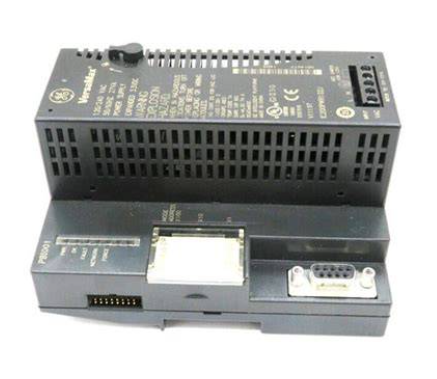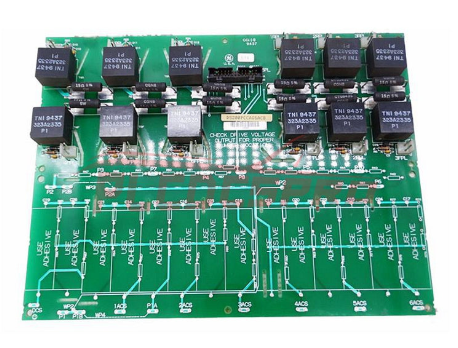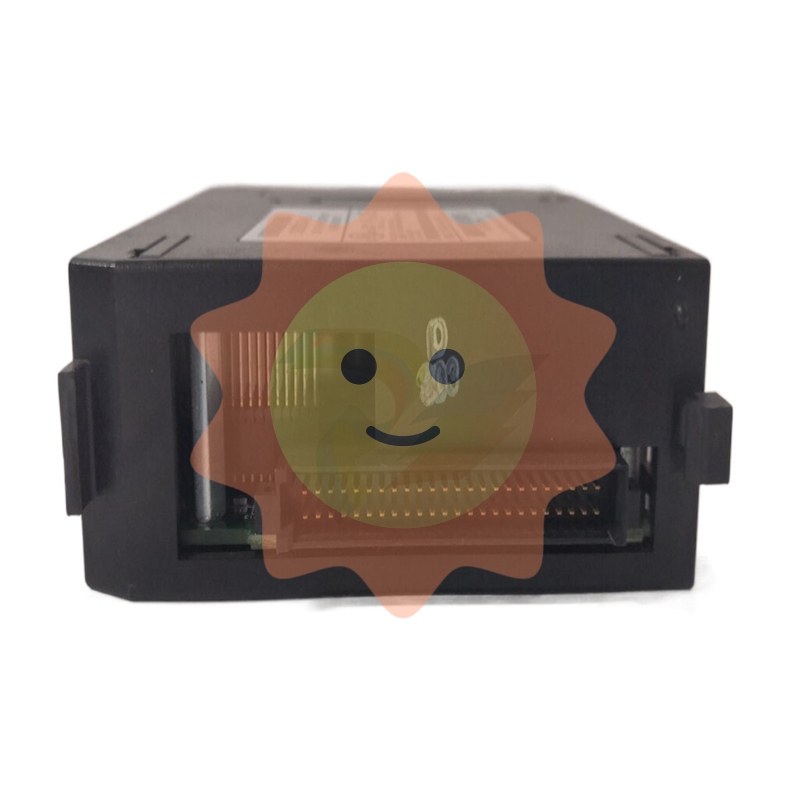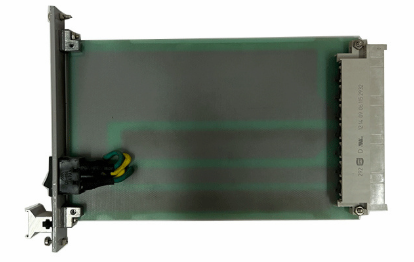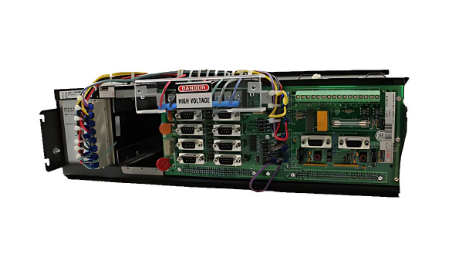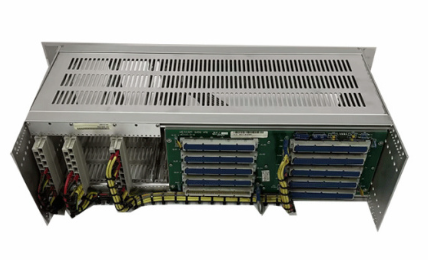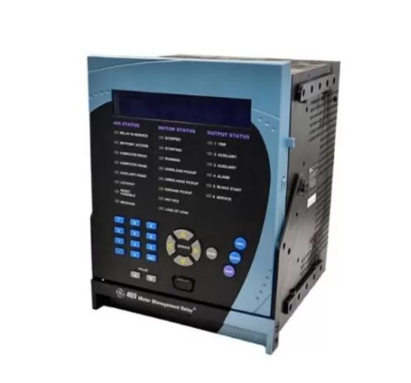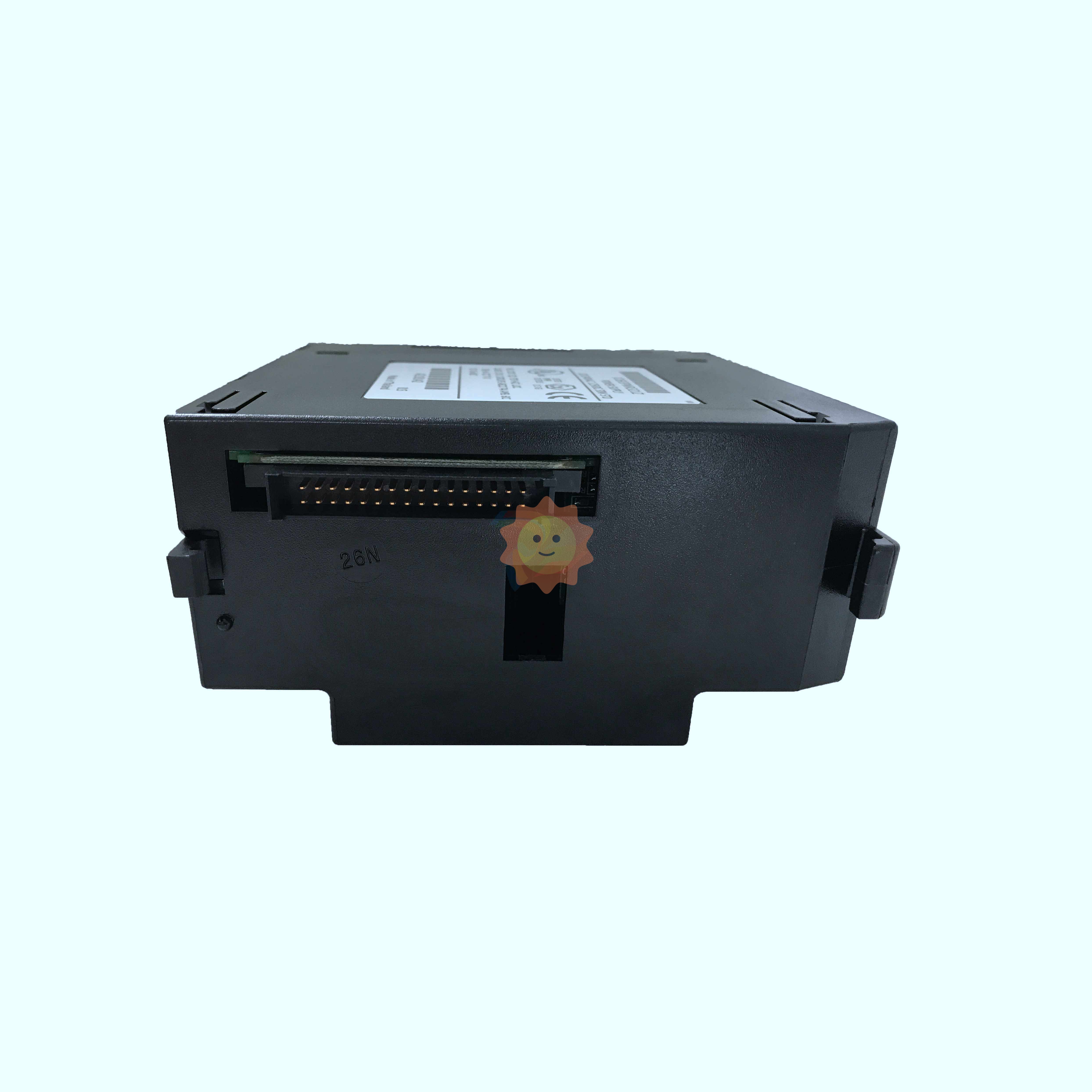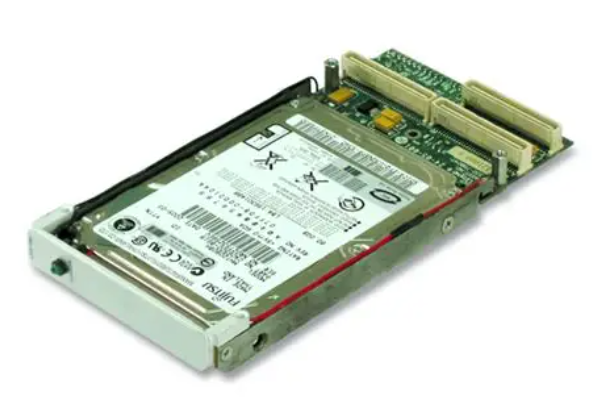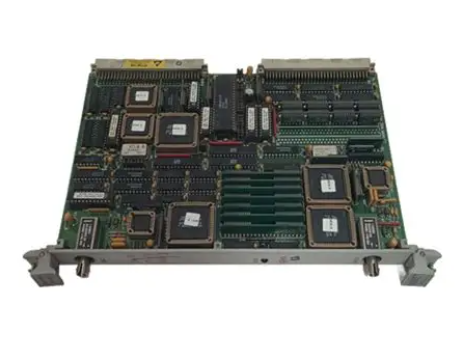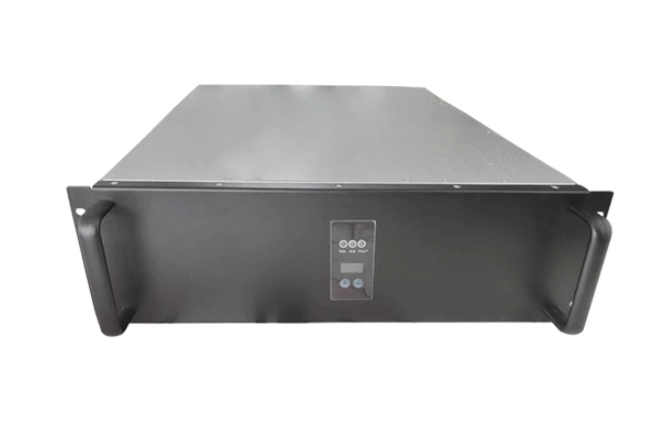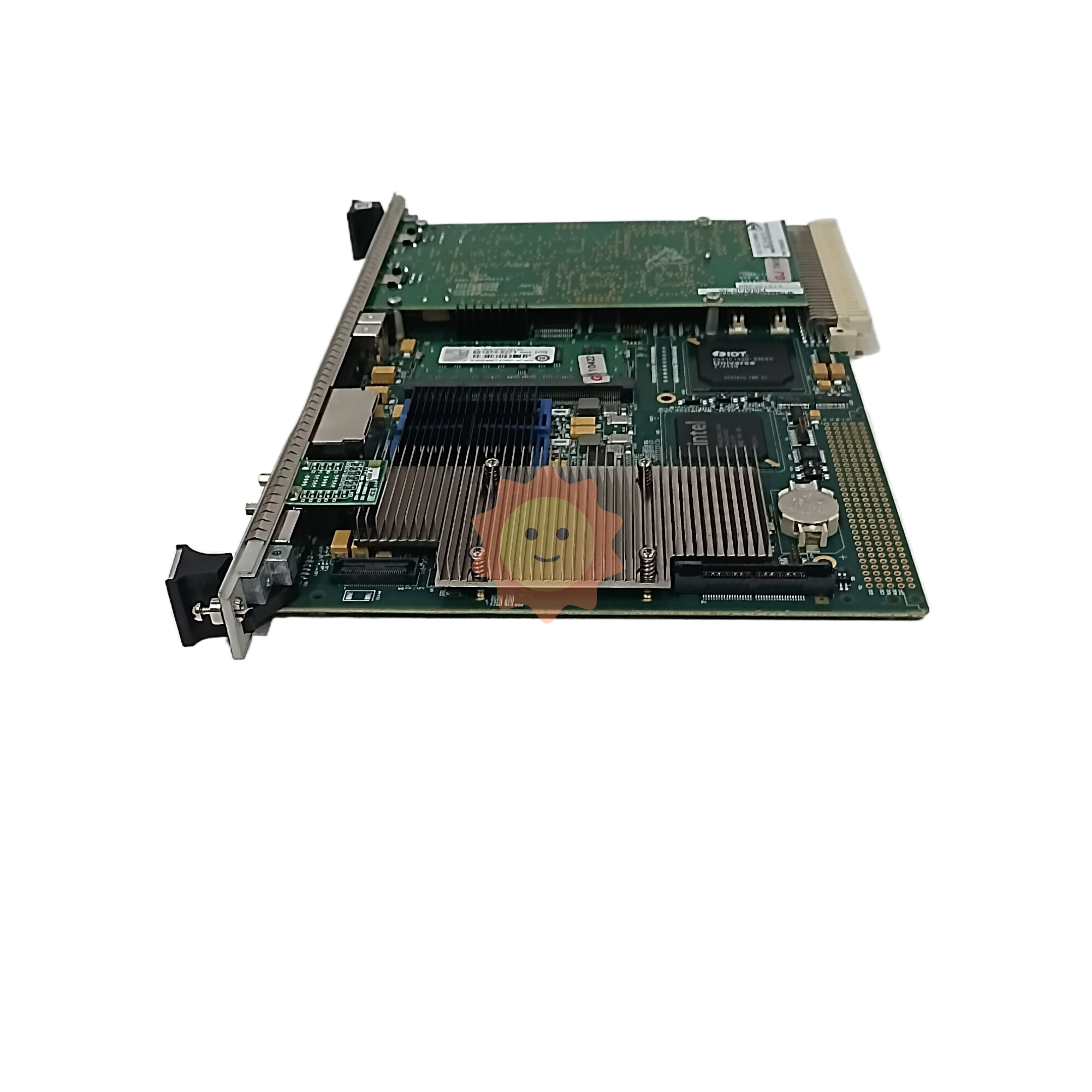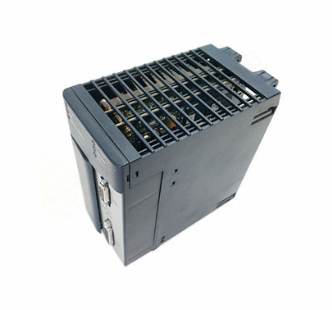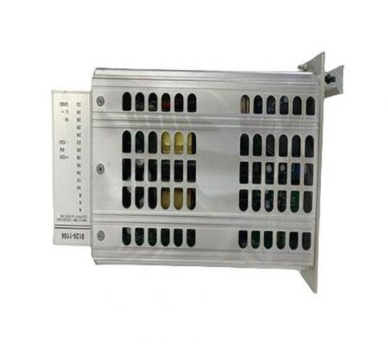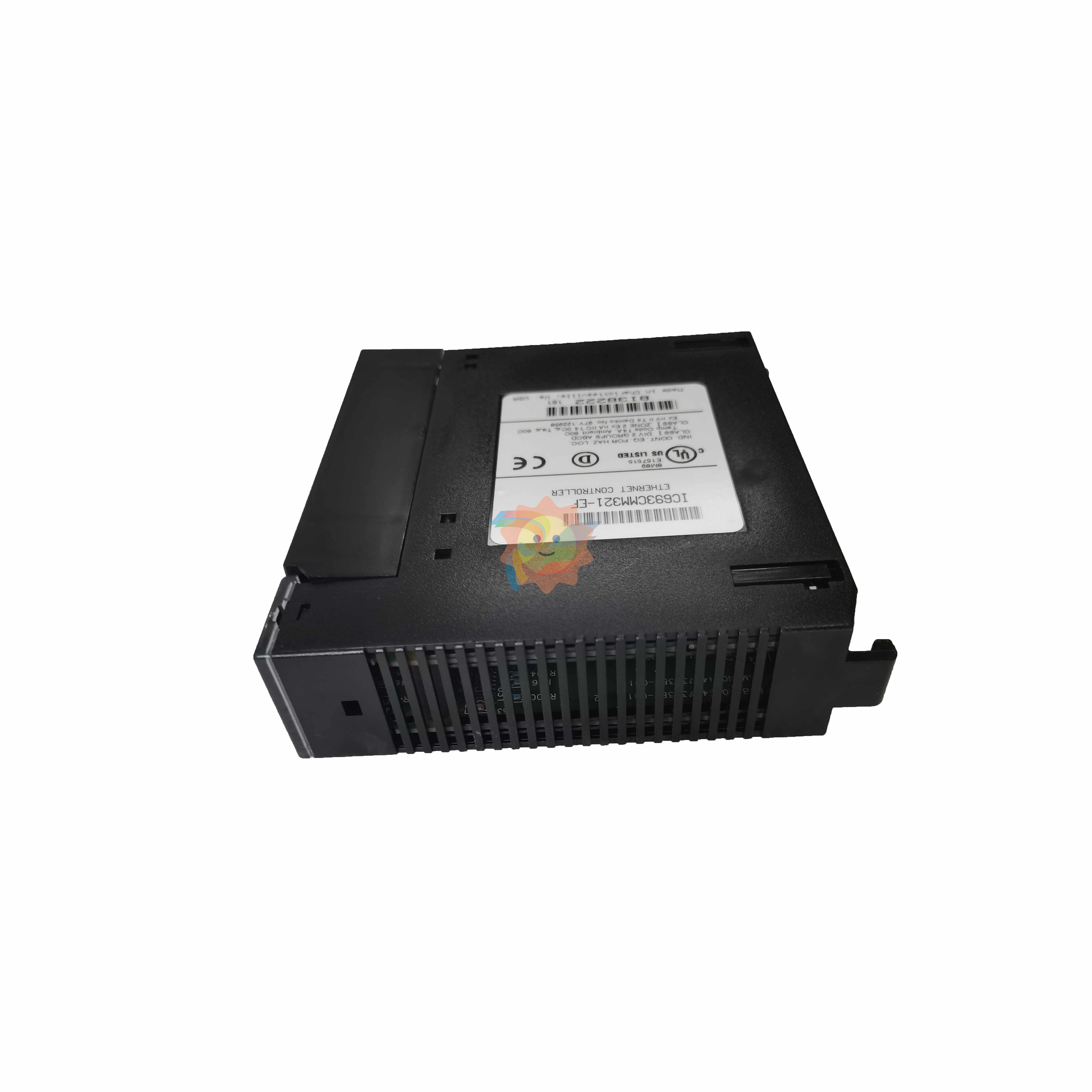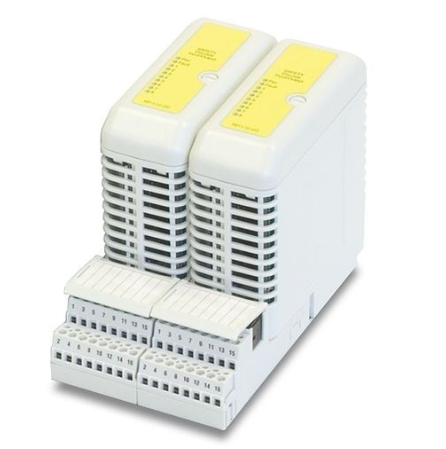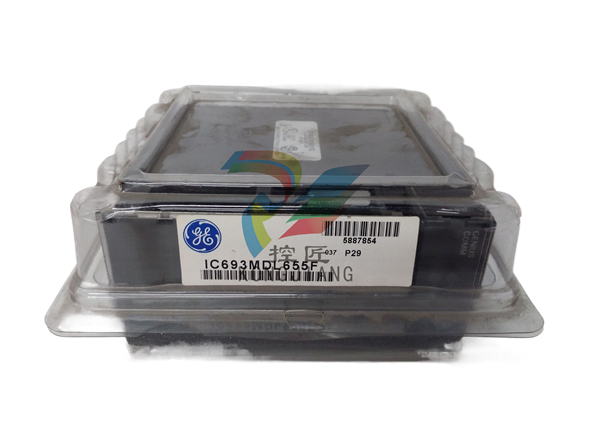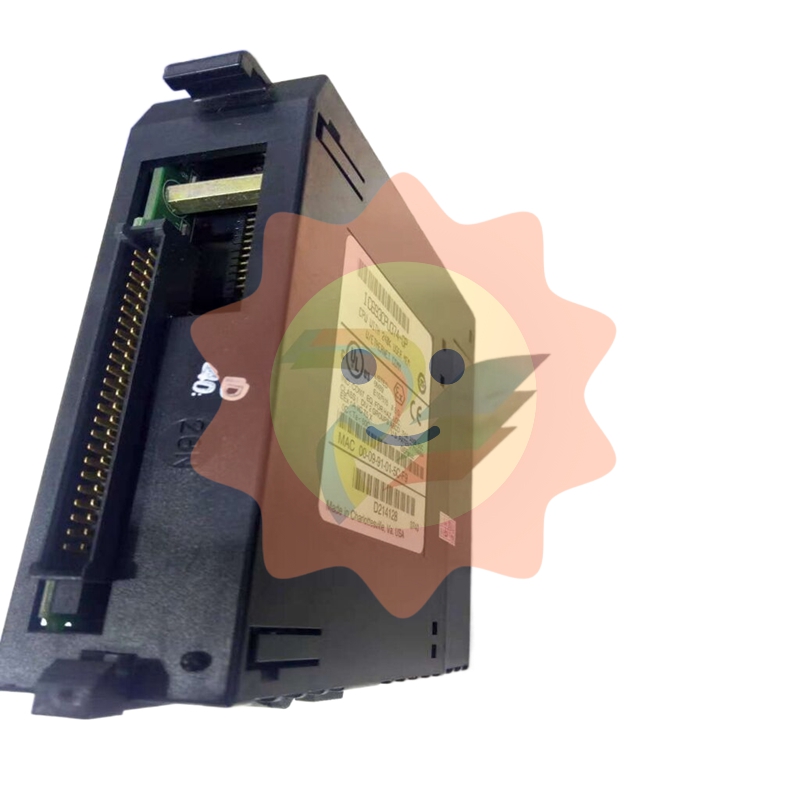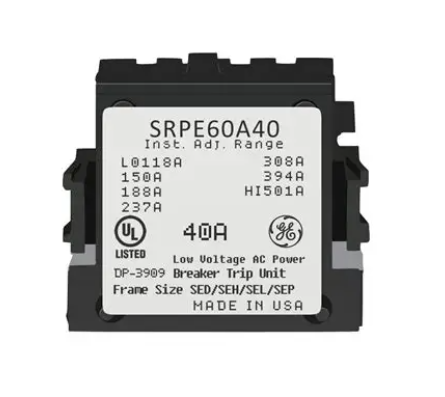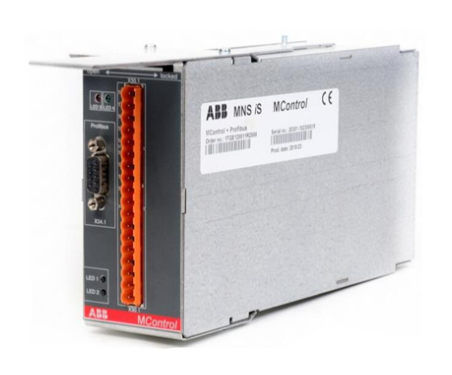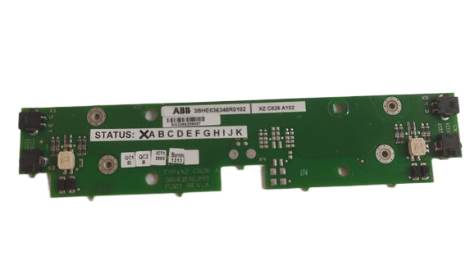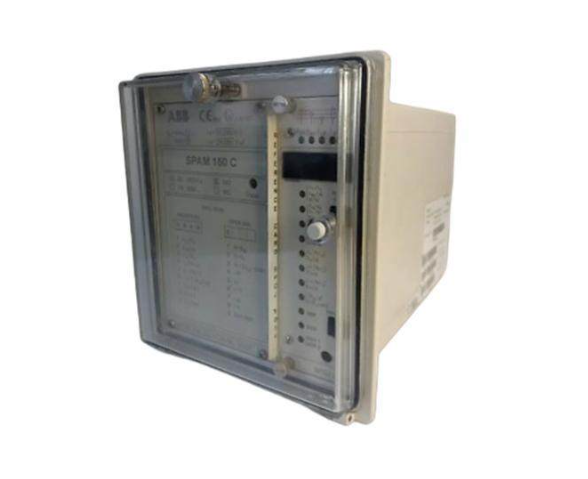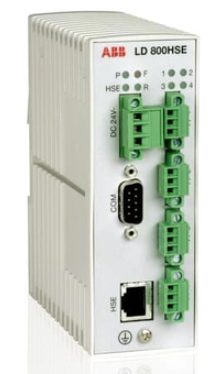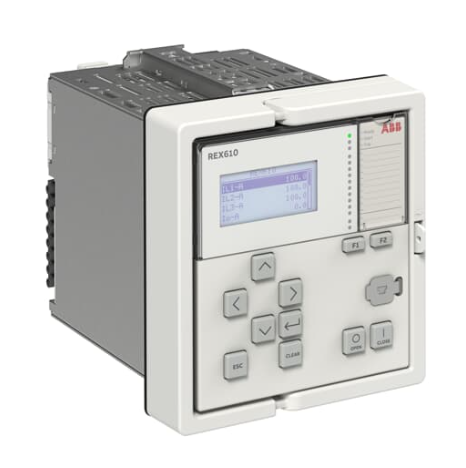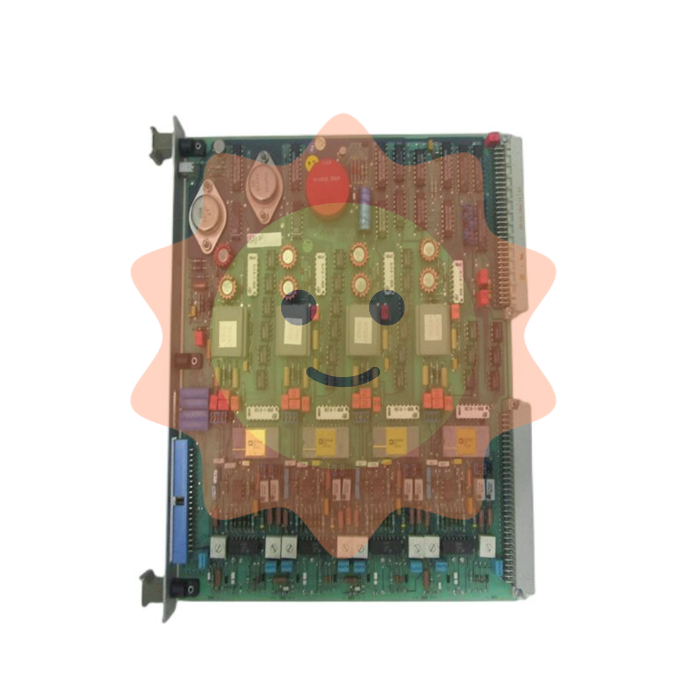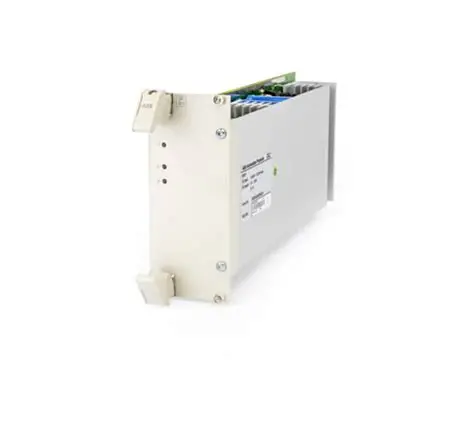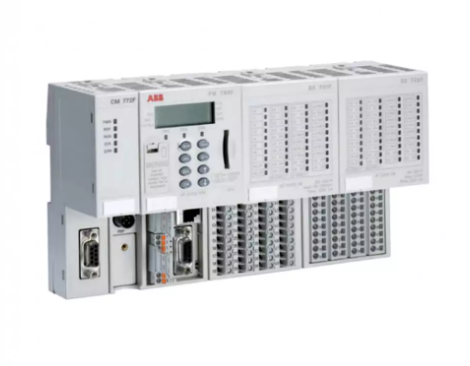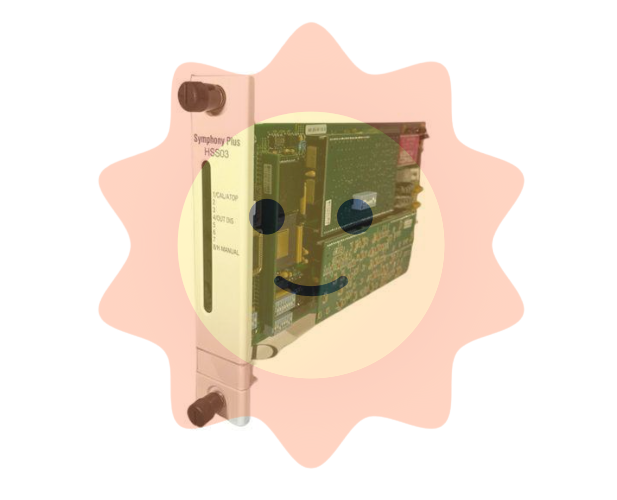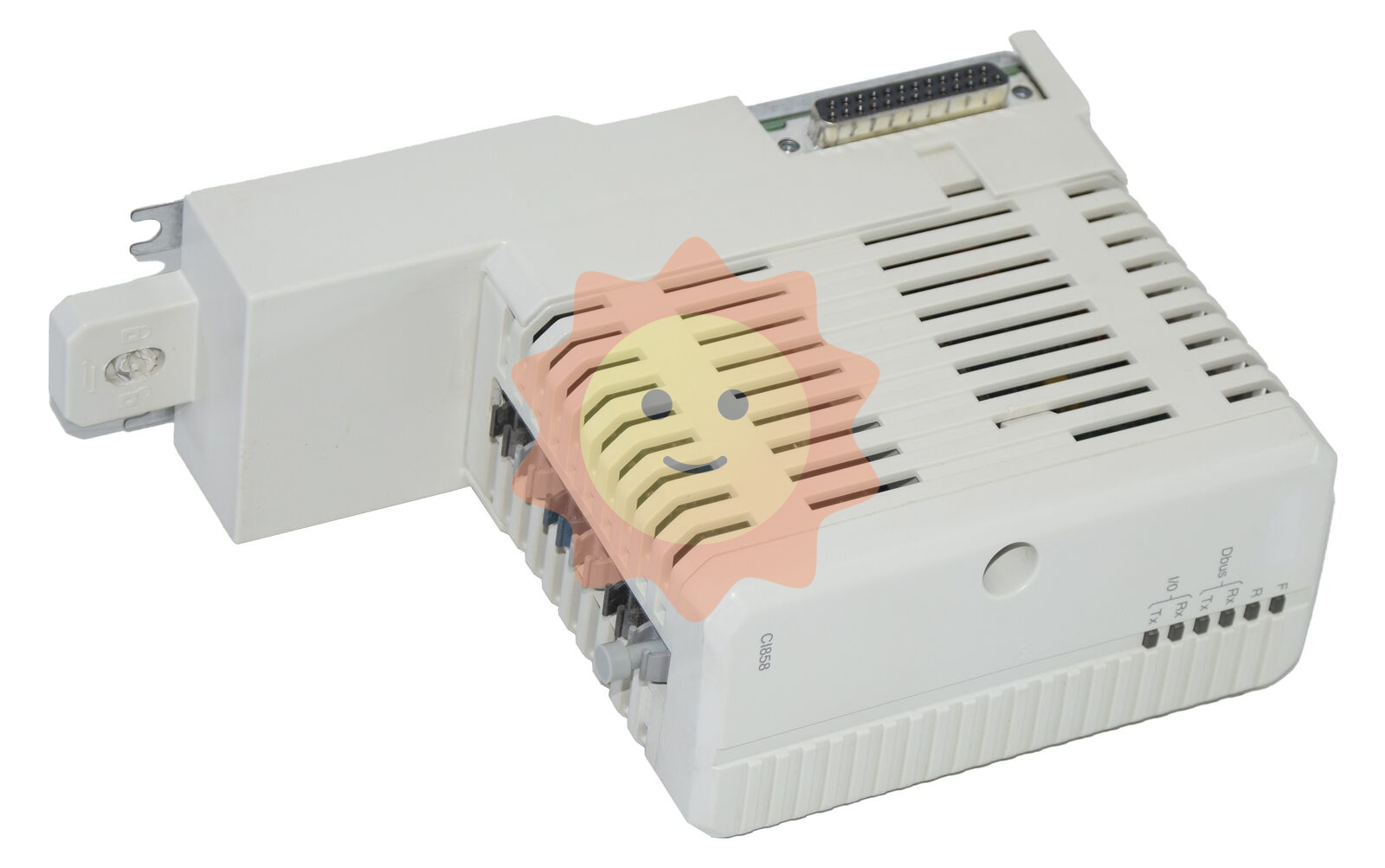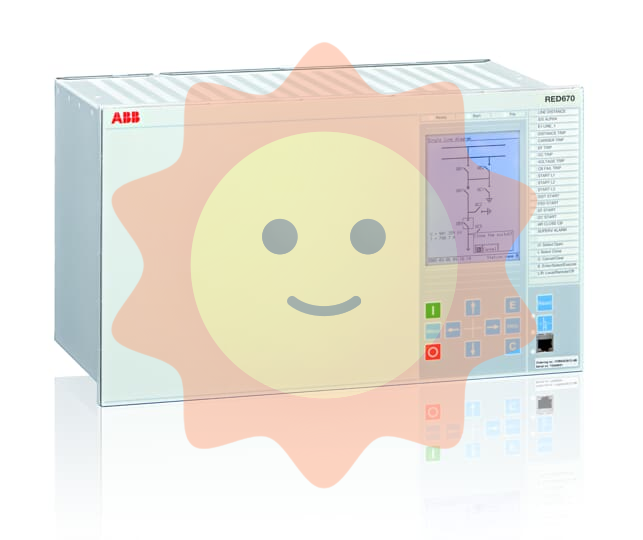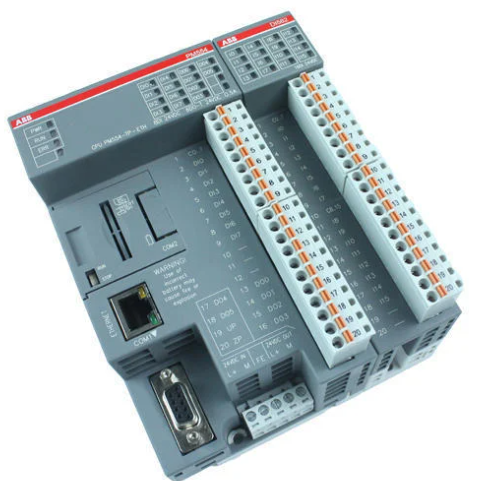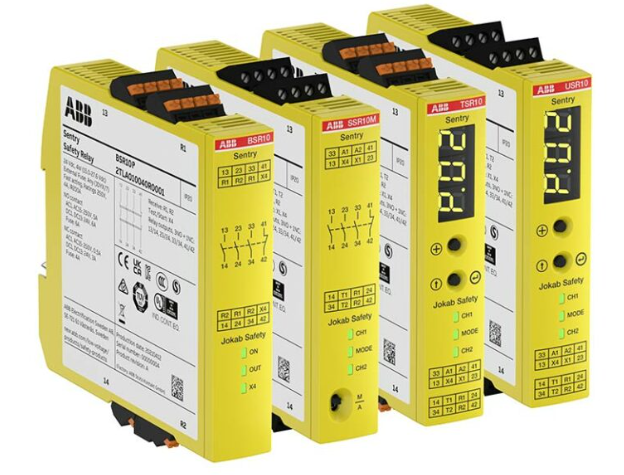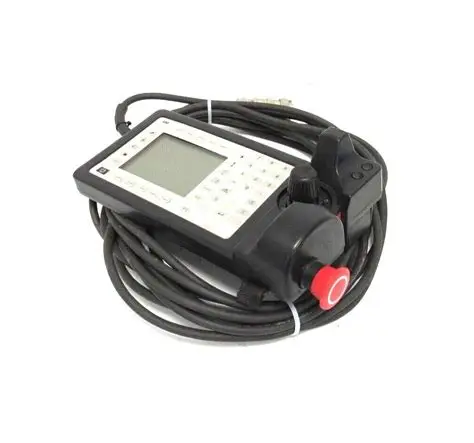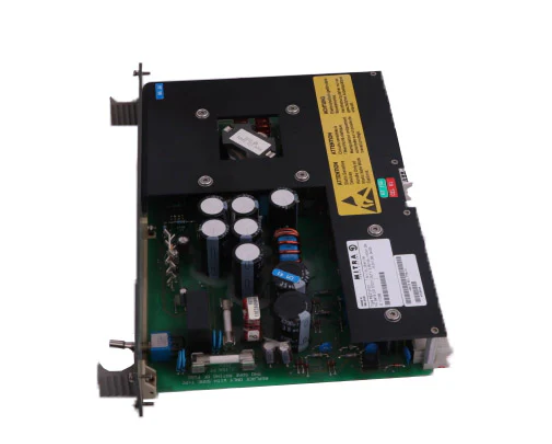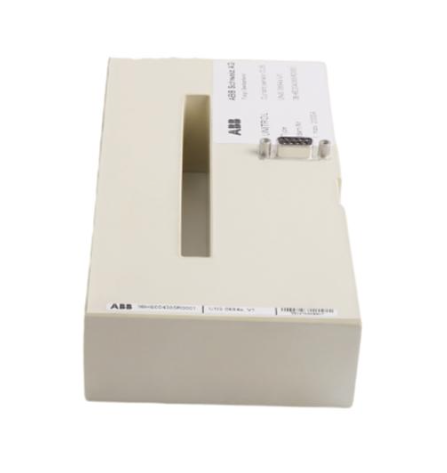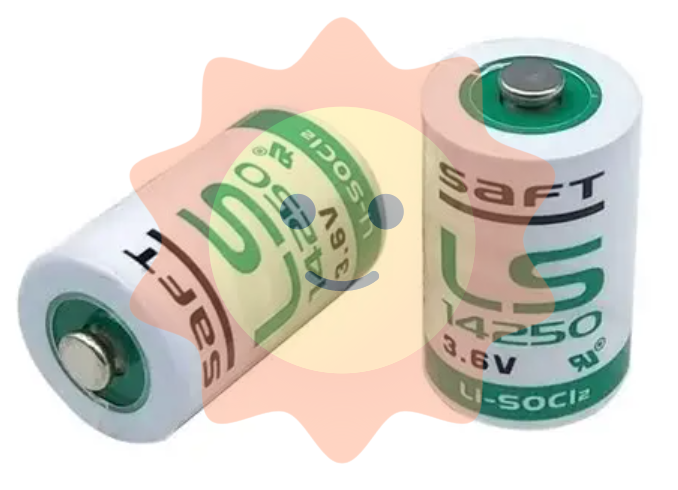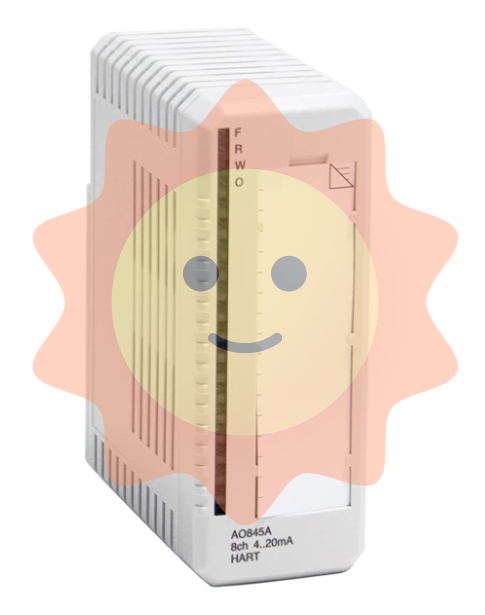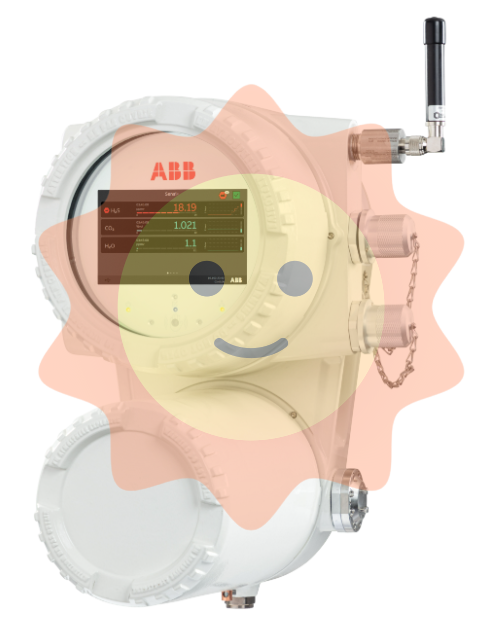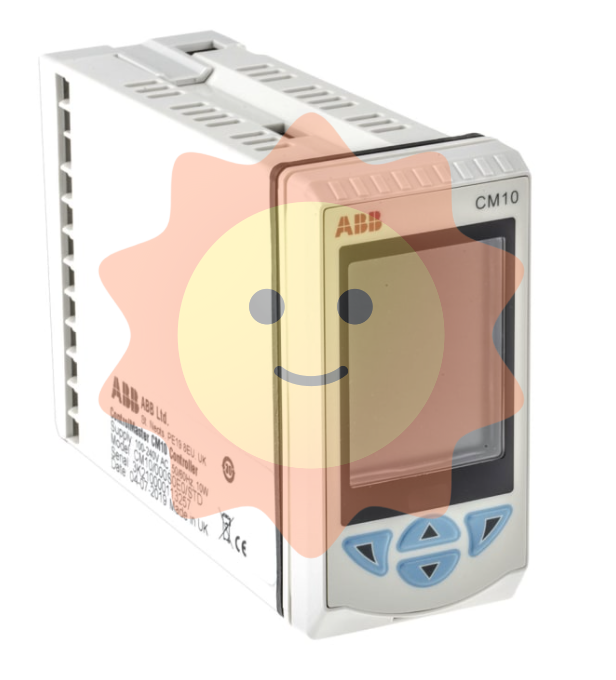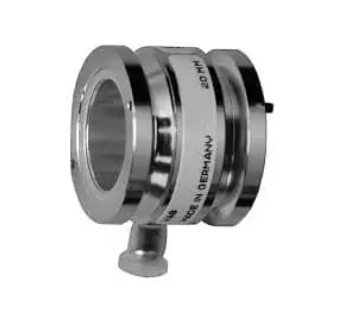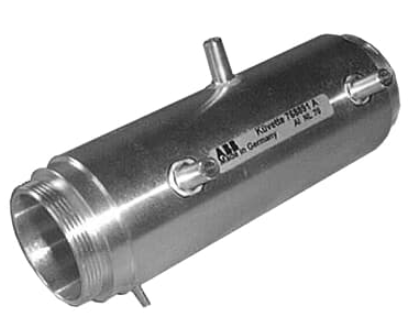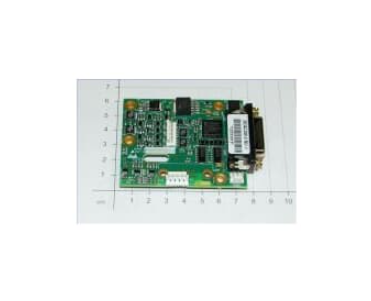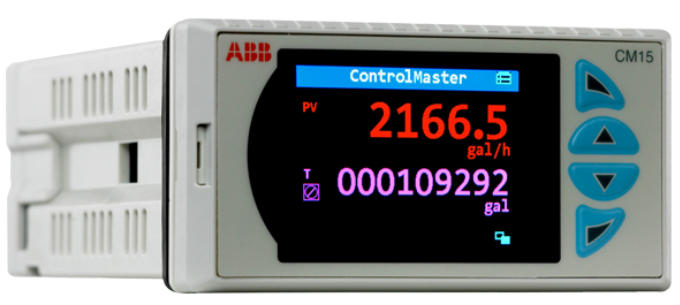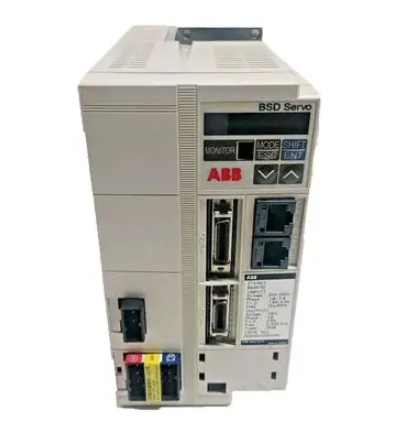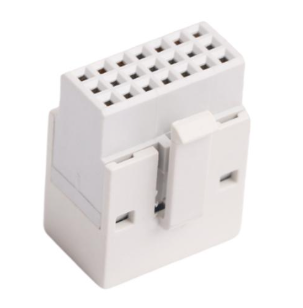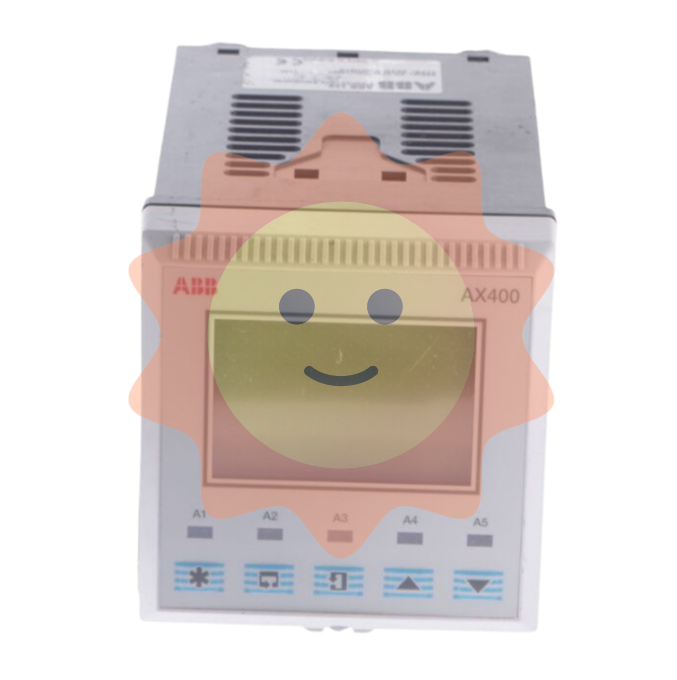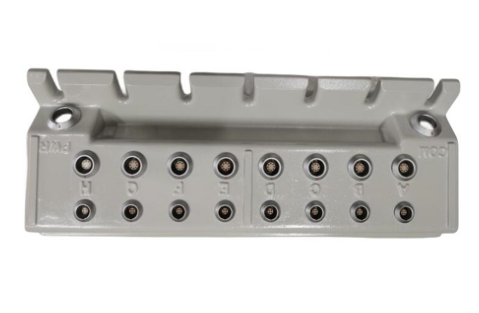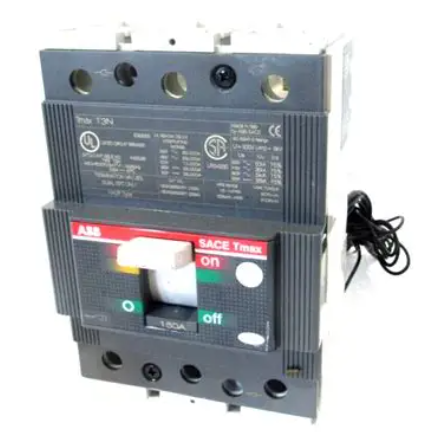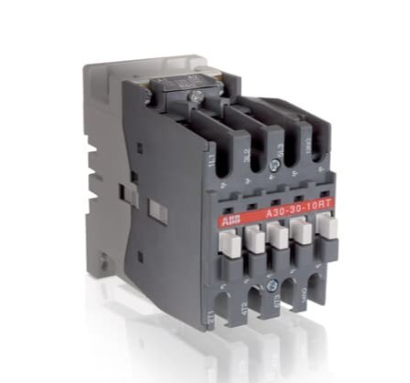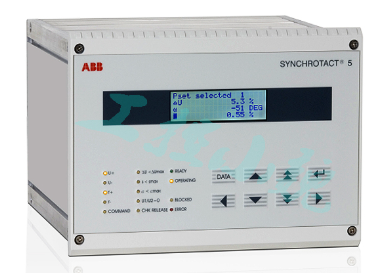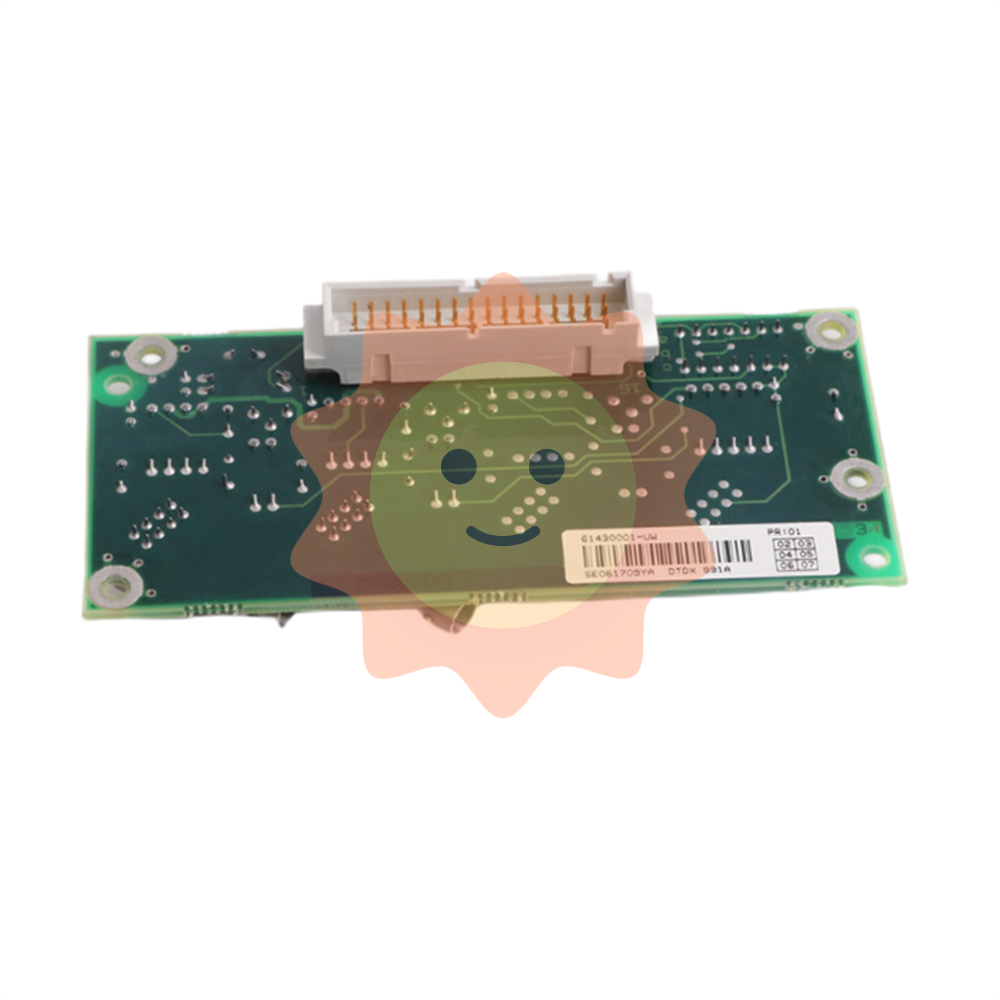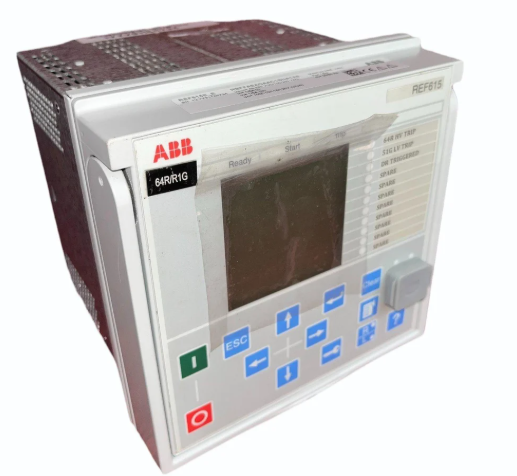Principle and efficiency of microbial fuel cell power generation
summarize
Early microbial fuel cells mainly used microbial fermentation products as battery fuel to generate electricity. Potter, a British botanist, was the first to carry out this research. He experimented with yeast and E. coli and found that microorganisms could generate electricity.
principle
Microbial fuel cell refers to a device that converts chemical energy into electrical energy under the catalysis of microorganisms.
sort
The microbial fuel cell consists of two cathode cells and two anode cells separated by a proton exchange membrane. This kind of microbial fuel cell is called a two-compartment microbial fuel cell, and the unseparated microbial fuel cell is called a single-compartment microbial fuel cell. According to the different modes of electron transfer, micro-biofuel cells can be divided into direct microbial fuel cells and indirect micro-biofuel cells.
Indirect microbial fuel cells
Principle: The working principle of indirect biofuel cells is to use pollutants as substrates, which are oxidized under the action of microbial extracellular enzymes, and converted into electrons transferred to electrodes through the oxygenation and reduction process of intermediaries.
Requirements for acting as an intermediary:
Easy passage through the cell wall;
Easy access to electrons from electron acceptors on cell membranes;
Electrode reaction is fast;
Good solubility, stability, etc.
Non-toxic to microorganisms;
Can't be microbial food.

For example, in recent years, the research on finding efficient microbial catalysts has gradually become a hot spot in the research of microbial fuel cells. In theory, a variety of microorganisms may be used as catalysts for biofuel cells, often using Escherichia coli, common variant bacillus (Proteusvulgaris) and so on.
Direct microbial fuel cells
Features:
A variety of organic and inorganic substances can be used as fuels, and even the pollutants in sewage can be used as fuels.
It can work in normal temperature, normal pressure and near-neutral environment, with low maintenance cost and strong operation safety;
In the application can purify pollutants and convert them into useful substances, can achieve zero emissions;
Microbial fuel cells can also convert substrates directly into electrical energy, which has a high resource utilization rate.
Eliminate no secondary pollution, achieve a low-carbon economy, the environment and the real sustainable development of the economy.
Effects of electrodes on microbial activation in direct microbial fuel cells
In direct microbial fuel cells, a very important factor affecting the electron transfer rate is the electrode composition of the cathode and anode, so people can improve the performance of micro-bio-fuel cells by improving the cathode and anode materials and changing the electrode surface area.
Anode: The anode of the microbial fuel cell is mainly made of carbon as a substrate, including carbon paper, carbon cloth, graphite sheets (rods), carbon felt and graphite foam. At present, researchers have studied the differences between various materials and the effects of various anode characteristics on battery performance. In these studies, two-compartment microbial fuel cell experimental equipment was used.
The effects of pore volume, surface area, pore size distribution, surface roughness and surface potential on the electrical performance of anode were investigated by selecting specific anode materials.
Thin carbon paper, thick carbon paper, carbon felt: carbon felt has the lowest internal resistance, the highest biomass, that is, the highest maximum output power; Thin carbon paper has the highest internal resistance, the lowest biomass and the lowest corresponding maximum output power.
When investigating the effect of surface roughness on the electrical production performance of microbial fuel cells, the same graphite electrode was polished with 2000 mesh and 150 mesh sandpaper respectively. After grinding, the surface particle size of the two electrodes was 7.5 million and 100pm, respectively. Two batteries of E. The change over time is shown as follows:
In order to further confirm the influence of anode material surface potential on microbial electricity generation, 3 microbial fuel cells were run continuously for 5d under different initial potential. The changes of anode potential over time are shown in the figure below:
Positive potential applied to the anode can affect the adhesion rate of microorganisms
Proton exchange membrane
In microbial fuel cells in the anode chamber and cathode chamber (or cathode), usually need to be physically separated, the separation materials currently used are proton membrane, salt bridge, glass beads, glass fiber and carbon paper, which salt bridge, glass beads and glass fiber, proton membrane is a choice of permeable membrane, with good proton conductivity. At the same time, it can prevent the oxygen in the cathode chamber from being transferred to the anode chamber, and ensure that the anode chamber maintains an anoxic state.
Intermediates and catalytic microorganisms for direct microbial fuel cells
In different types of microbial fuel cells, the bioelectrode mediator and the main catalytic microorganism, as well as the electron transfer pathways and electron acceptors involved.
- EMERSON
- Honeywell
- CTI
- Rolls-Royce
- General Electric
- Woodward
- Yaskawa
- xYCOM
- Motorola
- Siemens
- Rockwell
- ABB
- B&R
- HIMA
- Construction site
- electricity
- Automobile market
- PLC
- DCS
- Motor drivers
- VSD
- Implications
- cement
- CO2
- CEM
- methane
- Artificial intelligence
- Titanic
- Solar energy
- Hydrogen fuel cell
- Hydrogen and fuel cells
- Hydrogen and oxygen fuel cells
- tyre
- Chemical fiber
- dynamo
- corpuscle
- Pulp and paper
- printing
- fossil
- FANUC
- Food and beverage
- Life science
- Sewage treatment
- Personal care
- electricity
- boats
- infrastructure
- Automobile industry
- metallurgy
- Nuclear power generation
- Geothermal power generation
- Water and wastewater
- Infrastructure construction
- Mine hazard
- steel
- papermaking
- Natural gas industry
- Infrastructure construction
- Power and energy
- Rubber and plastic
- Renewable energy
- pharmacy
- mining
- Plastic industry
- Schneider
- Kongsberg
- NI
- Wind energy
- International petroleum
- International new energy network
- gas
- WATLOW
- ProSoft
- SEW
- wind
- ADVANCED
- Reliance
- YOKOGAWA
- TRICONEX
- FOXBORO
- METSO
- MAN
- Advantest
- ADVANCED
- ALSTOM
- Control Wave
- AB
- AMAT
- STUDER
- KONGSBERG
- MOTOROLA
- DANAHER MOTION
- Bently
- Galil
- EATON
- MOLEX
- Triconex
- DEIF
- B&W
- ZYGO
- Aerotech
- DANFOSS
- KOLLMORGEN
- Beijer
- Endress+Hauser
- MOOG
- KB
- Moxa
- Rexroth
- YAMAHA
- Johnson
- Westinghouse
- WAGO
- TOSHIBA
- TEKTRONIX


Email:wang@kongjiangauto.com


